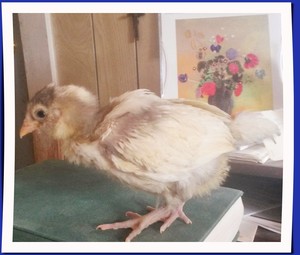29 Apr Fri 2016
Choosing grit for your chooks
Limestone grit is often used as a substitute for or in addition to oyster shells for laying hens. It is not quite so palatable as oyster shells to chickens, & so does not give as satisfactory an egg production. But if you are going to insist on limestone, then look for bright, shiny limestone grit which is eaten more readily than dull gray dolomitic limestone grit.
Many keep both oyster shells and limestone grit before the laying hens in separate shell hoppers. But honestly, it is better to allow laying hens free access to these sources of calcium than to incorporate into the feed.
A hen that lays 250 eggs in a year will need much more than one that lays 125 eggs.
Oyster shells contain 96 per cent OTOH or more calcium carbonate are used extensively as a source of calcium for eggshell formation. Crushed hen-size oyster shell grit is usually kept before the laying hens in separate shell hoppers.
A hen will eat two to four pounds of oyster shell or limestone grit in a year, depending on the number of eggs produced and the amount of calcium in the mash feed. When given free access to oyster shell and limestone grit, the hens consume much more oyster shell than limestone. Apparently the small amount of muscle adhering to the oyster shell adds to its palatability.
And then there are clam shells. They may be used as a substitute for oyster shells, but to be honest they are not quite as good.

